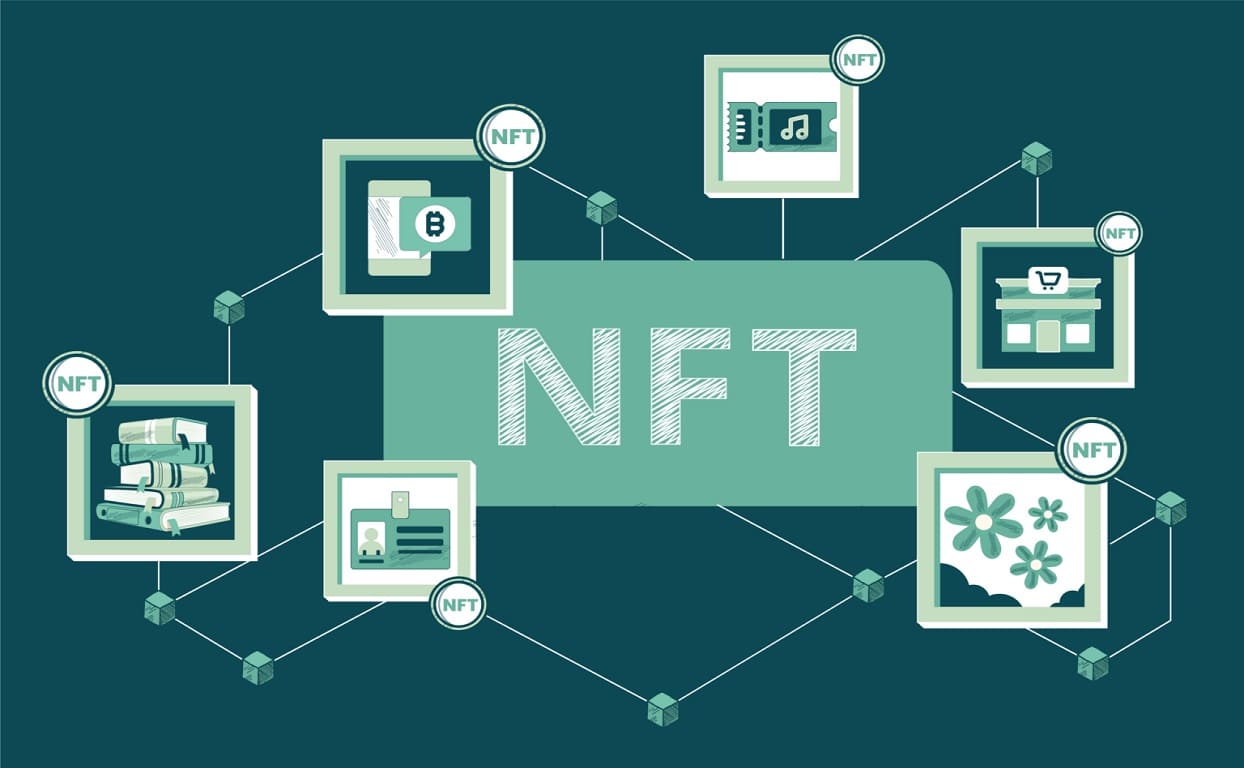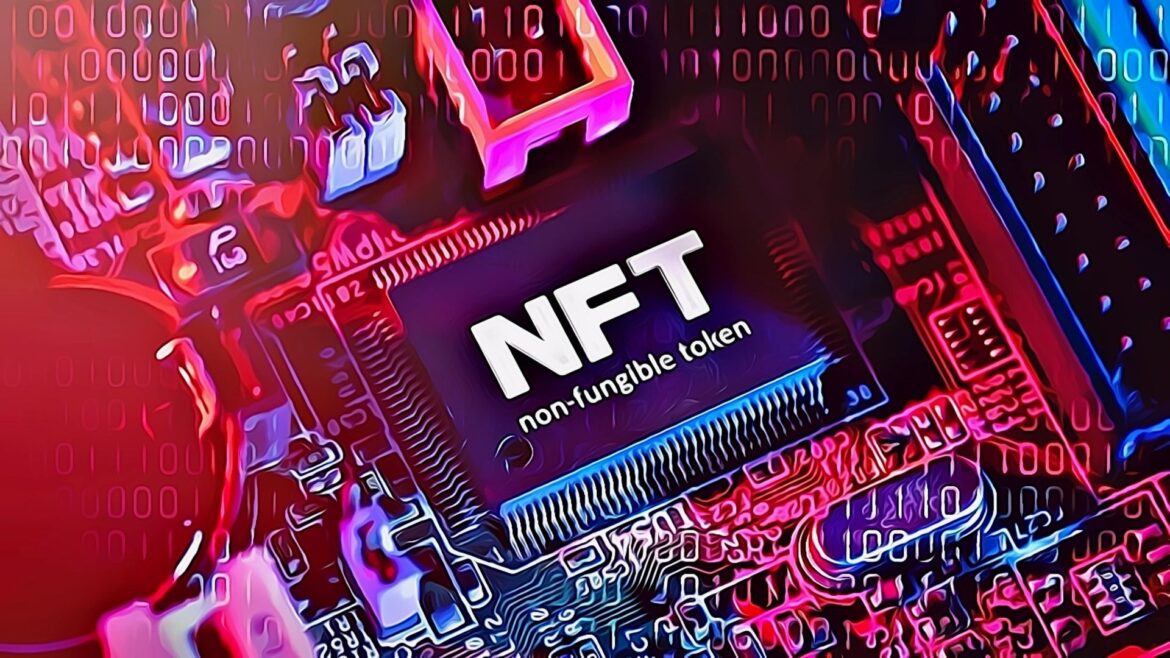With general sales declining by 12%, the non-fungible token (NFT) market suffered yet another downturn in March 2025. As investor interest in digital collectibles cools off, this dip prolongs the continuous fall noted since late 2024. Once rising to about a billion dollars during the NFT frenzy, monthly sales volumes have been gradually declining. For example, trading volumes in December were $1.36 billion, but by February they decreased drastically to $498 million.
Crypto Market Going from over 4 million in mid-2024 to slightly around 3 million, the overall volume of transactions also dropped dramatically. As more people doubt the long-term worth and use of NFTs, this continuous downturn exposes a more general change in investor mood. Many in the crypto and digital art scene are reevaluating the feasibility of these digital assets in a maturing economy as excitement fades and speculative bubbles implode.
NFT Platforms Close Under Market Contraction
The ongoing drop in NFT activity has had a significant knock on markets and venues that flourished during the NFT explosion. The drop in income and user involvement has led several once-famous markets to declare closures or major operational cuts-back-off. Especially, electronics behemoth LG said it would close their NFT platform, Art Lab, which debuted in 2022 and was even combined with their smart TVs for digital art presentation. Declared to be closing in June 2025, the closure is justified by declining customer interest and market factors.

Similarly, Nike purchased a pioneering Web3 fashion firm called RTFKT in 2021; it claimed it will completely stop operations by January 2025. Originally leading in digital fashion and collectibles, RTFKT battled to keep momentum as the larger NFT ecosystem constricted. These closures draw attention to the difficulties that, in a declining and dubious NFT industry, even well-funded and creative initiatives encounter.
Thoughts, Oversaturation, and Environmental Issues
The fall in NFT sales is not only the result of less enthusiasm; several related factors have sped down the slide. One important contributing reason is the speculative character that first fuelled the NFT explosion. Many early investors stepped in hoping for large short-term gains, which raised prices and crowded the market with low-quality, copycat companies. Confidence started to wither as prices fell. Environmental effect has also caused some worry.
Although some blockchains are headed towards more sustainable models, public criticism over the carbon footprint of minting NFTs—especially on Ethereum before its change to proof-of-stake—has damaged the industry’s reputation. Revenue projections for NFT markets have also declined noticeably. One of the most extreme declines the industry has seen—a $75 million drop in global NFT market revenue—a drop of over 11%. Given the convergence of so many problems, the sector clearly must act fast or risk becoming irrelevant.
Approaching Functional and Creative NFT Applications

Some NFT participants are seeing this slump as a chance for innovation and refocusing despite the depressing headlines. Away from speculative, art-only NFTs, more developers and producers are choosing digital goods with practical value. Others are concentrating on NFTs for intellectual property management, virtual real estate, event tickets.
These new use cases provide NFTs real worth and enable them to transcend being only digital relics. Beyond crypto aficionados, this new path is also enabling the market appeal to a larger audience. The NFT sector might find a more sustainable future by creating goods people really use instead of only speculating on. Although the days of multimillion-dollar JPEG sales are long gone, NFTs with useful applications could mark the next phase for technology.
Summary
More than just a statistic, the 12% drop in NFT sales in March captures the larger change in the way digital assets are seen. The excitement of the last few years has obviously faded as well-known markets close and user involvement declines. But within this autumn there is opportunity for change. Creators and developers now have an opportunity to reinvent NFTs depending on utility, innovation, and actual user value instead of following buzz.
NFT Market Declines are probably following a similar maturing process, much as other tech movements have gone through boom-bust cycles before steadying. Should the sector concentrate on long-term use cases and re-establish confidence, the NFT market may develop into something less volatile and more significant. Separating enduring technology from transitory trends will be the secret in this period of transformation—and applying historical lessons will help to create a more robust future



